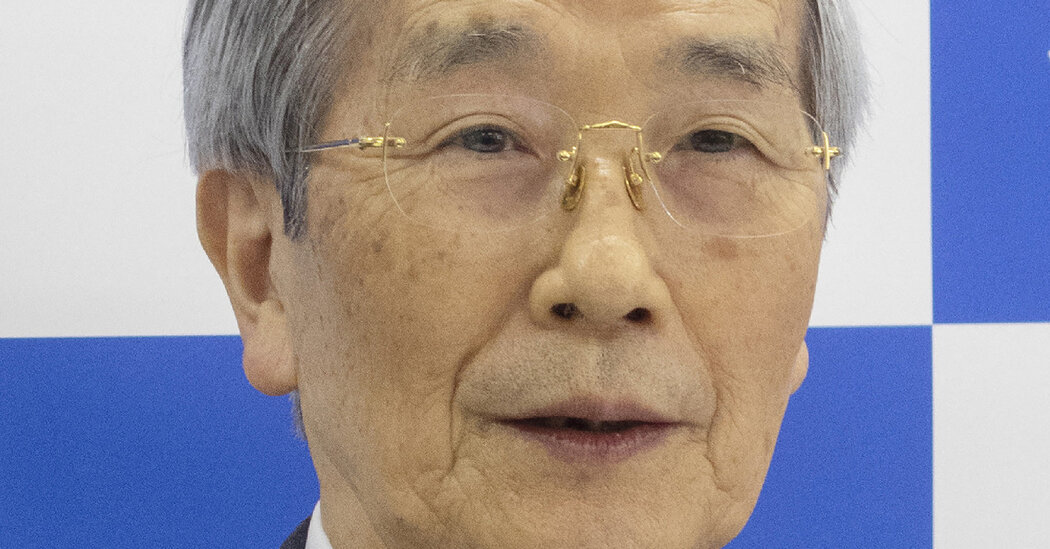Fluctuating disease rates, innovative treatments and talk of “moonshots” in the White House may make cancer seem like a modern scourge. But a new discovery highlights how humans dealt with the illness and hunted for cures as far back as the time of the ancient Egyptians.
Scientists led by Edgard Camarós, a paleopathologist at the University of Santiago de Compostela in Spain, were studying an approximately 4,600-year-old Egyptian skull when they found signs of brain cancer and its treatment.
“There was an uncomfortable silence in the room, because we knew what we had just discovered,” Dr. Camarós said.
Using a microscope, he and Tatiana Tondini of the University of Tübingen in Germany and Albert Isidro of the University Hospital Sagrat Cor in Spain, the study’s other authors, found cut marks around the skull’s edges surrounding dozens of lesions that earlier researchers had linked to metastasized brain cancer. The shape of the cuts indicated that they had been made with a metal tool. This discovery, reported in a study published Wednesday in the journal Frontiers in Medicine, suggests that ancient Egyptians studied brain cancer using surgery. If the cuts were made while the person was alive, they may have even attempted to treat it.
The new discovery not only expands scientific knowledge of Egyptian medicine, it may also push back the timeline of humanity’s documented attempts to treat cancer by up to 1,000 years.
Cancer has bedeviled humans for as long as we have existed, and it even afflicted life on Earth long before.
“Cancer is as old as time,” Dr. Camarós said. “Even dinosaurs suffered from cancer.”
Paleopathologists like Dr. Camarós study the evolution of a disease as well as attempts to understand or treat it. For example, we know that humans in prehistory were afflicted with cancers that no longer exist. He and his colleagues hope that unraveling cancer’s shifting nature over millenniums may reveal information that can help design treatments for today.
While cancer was probably not well understood, medicine in Egypt was advanced compared with much of the ancient world. An Egyptian document called the Edwin Smith Papyrus, which was written roughly 3,600 years ago, refers to what some researchers believe is a cancer case. That text describes “a grave disease” for which there “was no treatment.”
People in ancient Egypt also operated on skulls in other ways. Dr. Camarós’s team also reports in the study that they found evidence of successful treatment for a traumatic injury on another cranium, this one 2,600 years old.
Casey L. Kirkpatrick, a bioarchaeologist and a postdoctoral researcher at the Max Planck Institute for Evolutionary Anthropology in Germany, said the new paper presents the first physical evidence of possible cancer treatment by ancient Egyptians.
And by documenting additional ancient historical evidence of the disease, Dr. Kirkpatrick said the study had another benefit.
“It can also remind us that cancer is not a modern disease,” she said, “which might help to relieve some guilt in those currently affected by cancer who are concerned about the role that their lifestyle played in its development.”
Just as cancer treatment was a frontier for ancient Egyptians, exploration of the deep past by modern researchers is fraught with uncertainty. The researchers say it is impossible to determine whether the skull’s surgical markings were made before death — suggesting treatment — or after. Many cancers also arise in soft tissues, leaving bones unaffected. This presents a challenge for modern scientists because bones are all that typically survive in the fossil record.
Despite these obstacles, Dr. Camarós said the new discovery gave scientists a fresh perspective on what to look for. He plans to search for similar evidence in ancient sites in Kenya next.
“I’m sure this is just one example,” he said.





